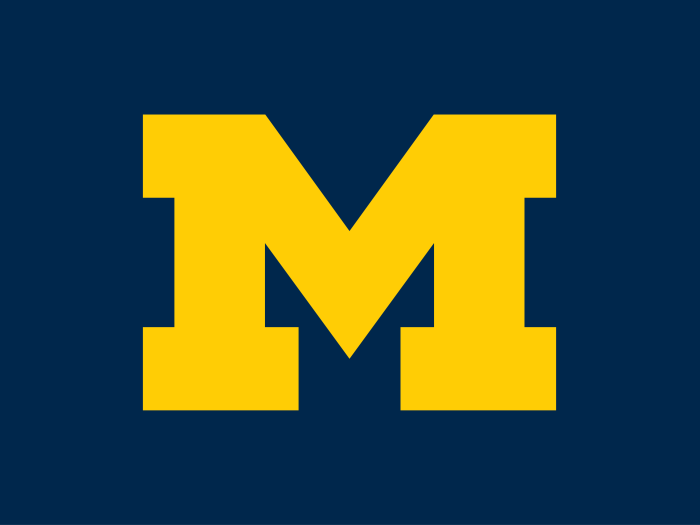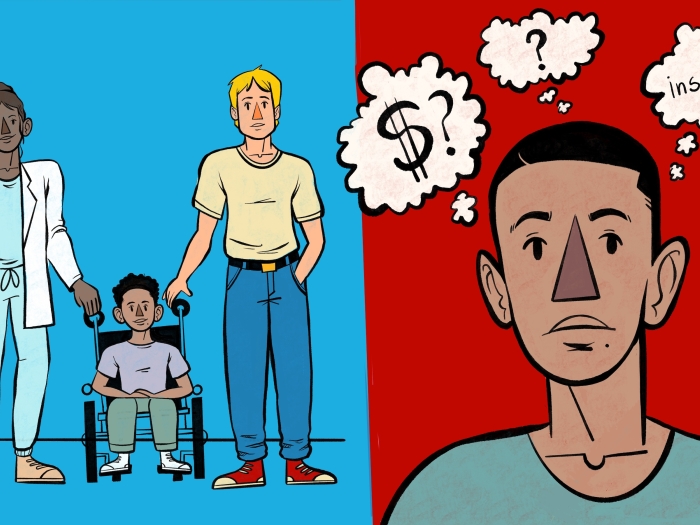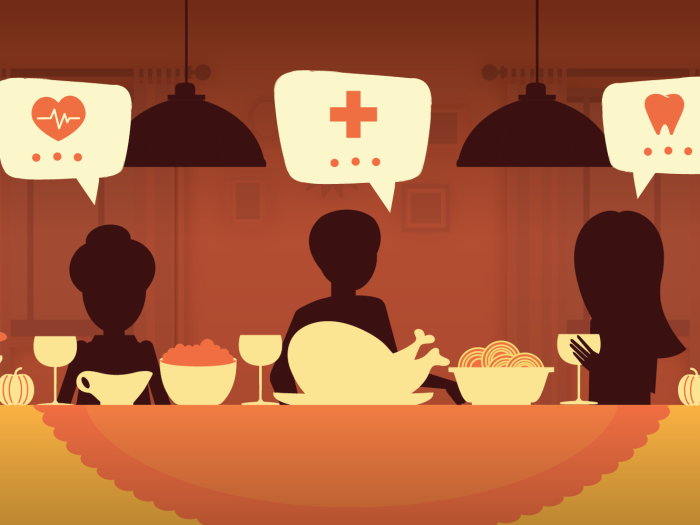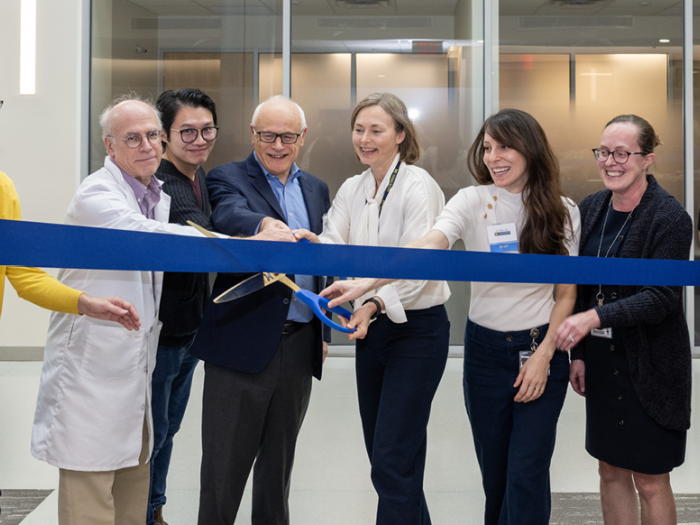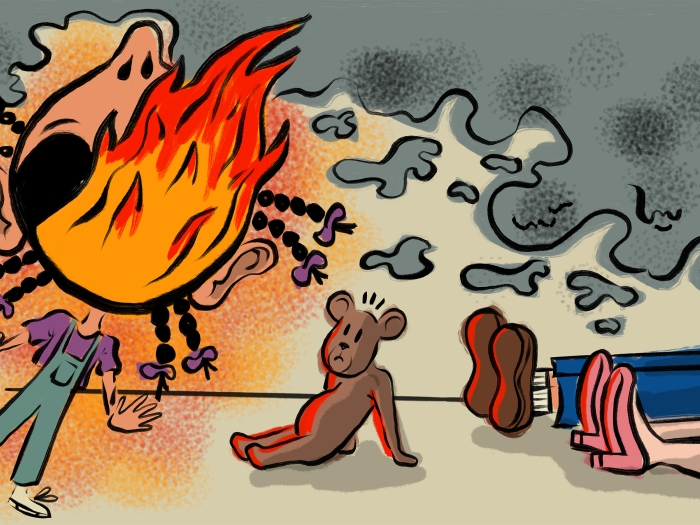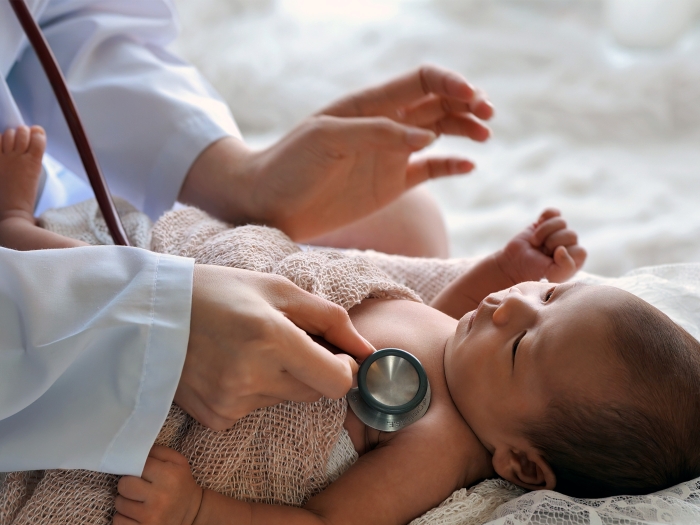12:38 PM
Author |
March 11, 2020, was a memorable day, not only because it was my 25th birthday, but because it was the day when COVID-19 was declared a world-wide pandemic. I was on my Neurology rotation, and my fellow classmates and I did not know what this meant for all of us currently working and learning in the hospital. When the AAMC recommended that medical student clerkships should be halted, we were promptly removed from our clinical duties and instructed to stay home to stay safe. We went from buzzing around the hospitals and clinics to our couches and Animal Crossings in the matter of a day. We had spent the entire year playing an important role in patient care and doing hands-on learning on the various clinical teams throughout the health care system, and all of the sudden the world, our education, and our connection to patient care halted. A lot of us like myself felt helpless in wanting to do something.
Within 24 hours of being pulled from the hospital wards, a group of students created the M-Response Corps (MRC), and within a week, more than a dozen volunteer initiatives were formed, aimed at helping wherever medical students could be of use - from making hand sanitizer to working at the PPE donation site. Dr. Mary Blazek reached out to the MRC requesting help to target a specific population who were at a significant disadvantage and increased risk because of COVID-19 - the Geriatric Patient Population. While many patients were easily and seamlessly able to utilize the technology they were already accustomed to, to connect with family members as well as complete virtual doctor's visits, geriatric patients are at a significant disadvantage given their lack of access to and comfort with technology. Although 81% of Americans own a smartphone, only 53% of those over age 65 do. While 73% of Americans have broadband internet service at home, only 59% of people 65 years or older do. Because geriatric patients are at increased risk of morbidity and mortality from COVID-19, it felt necessary to prioritize remote connections with these patients. Under the guidance of Dr. Blazek, I got to work on creating GET Access - Geriatric Education on Telehealth, creating an algorithm and procedures manual. We recruited medical student volunteers from the MRC and began making calls to geriatric patients within the community who had upcoming phone visits in an effort to convert them to video visits.
We received resounding positive feedback from the providers who our volunteers were servicing, and increased demand prompted us to expand our volunteer pool to include University of Michigan undergraduate students as well. With the clinical volunteer opportunities next to none for undergraduate pre-medical students, we received extensive interest and were able to expand our team to 26 total volunteers. Over a 12-week period during the initial height of COVID-19, volunteers made 219 total calls. The GET Access Program volunteers were successful in teaching and converting many visits to video that the schedulers were unable to do on a first pass and achieved an 88.75% conversion rate from phone to video visits. Providers whose patients worked with our GET Access volunteers had a video visit rate of 43% compared to 19.2% prior to participation in the program.
Patients appreciated the increased comfort of video visits. The husband of a 93-year-old patient who assisted with his wife's video visit stated, "We even liked it better than sitting right there. It was more comfortable being at home."
The providers we worked with were also grateful to have the help, "My patients loved the contact and the help - they are not technologically savvy and valued the expert help and the friendly encouragement."
The volunteers also enjoyed working with the patients. Undergraduate student volunteer, Faith Chang, describes a lovely experience with one patient who was particularly struggling with technology, "It was really difficult but at one point she said, 'Computers just make me so anxious, and when my kids try to help me they always end up yelling and I get so anxious my stomach hurts and I get nauseous. But not once working with you has my stomach hurt one bit. Your patience and kindness will serve you well in life.' She was just so sweet and that was a really nice experience."
"I really appreciated my time volunteering with Get Access because I was able to interact with patients while social distancing. It was so much fun to get to know them and help them through their technology questions. For some patients, I probably spent more time chatting about their grandchildren than talking about Zoom. It was also helpful to learn how to do a virtual visit since I'll be seeing patients virtually during the clinical year." Alexandra Peirce, M2
"GET Access has created a channel of communication with a very wise and resilient patient population. It has made me realize not only the importance of improved communication between patient and provider in these socially distanced times, but also the unique bonds that can be formed between college students and geriatric patients." Annika Dhawan - U-M Undergraduate Student

Although the urgency of our program's need has dissipated, we still are looking forward to offering these services to the geriatric population. We believe this is important work that still needs to be completed, especially as the winter weather approaches which may prompt patients to prefer video visits over in-person visits. We are currently working to expand to other clinics within the University of Michigan and eventually would like to adapt our materials to accommodate other health care systems outside of Michigan Medicine to help the greater Ann Arbor and nearby Ypsilanti communities.
Overall, GET Access has given me a purpose in a time where medical students initially felt pretty useless at the onset of COVID-19. This project brought (and continues to bring) me a lot of joy. Communicating with older adults, especially during a time when social isolation is at an all-time high, was the most enjoyable and special part of this project. Although I already knew I had an interest in geriatric medicine following my exposure to the field during my internal medicine rotation, this project really solidified my desire to consider working with this specific population of patients who often are left to the wayside, for the rest of my career. Projects like these are what make the University of Michigan Medical School so unique. Michigan creates a space of creativity and freedom to pursue and combine our personal interests outside of the classroom and wards with our future career interests, and does whatever it can to support students like me along the way.
The creation and sustainability of the GET Access Program could not have been successful without the help and guidance from faculty advisors Dr. Mary Blazek & Dr. Lillian Min, and student co-leads Clare Anderson, Cassidy Merklen, and Kinsey Vear.
University of Michigan Medical School
Want top health & research news weekly? Sign up for Health Lab’s newsletters today!
